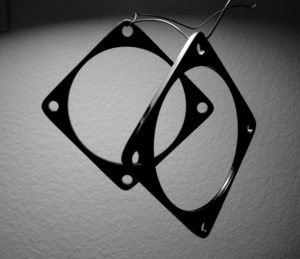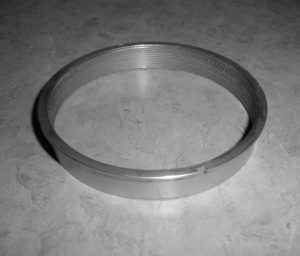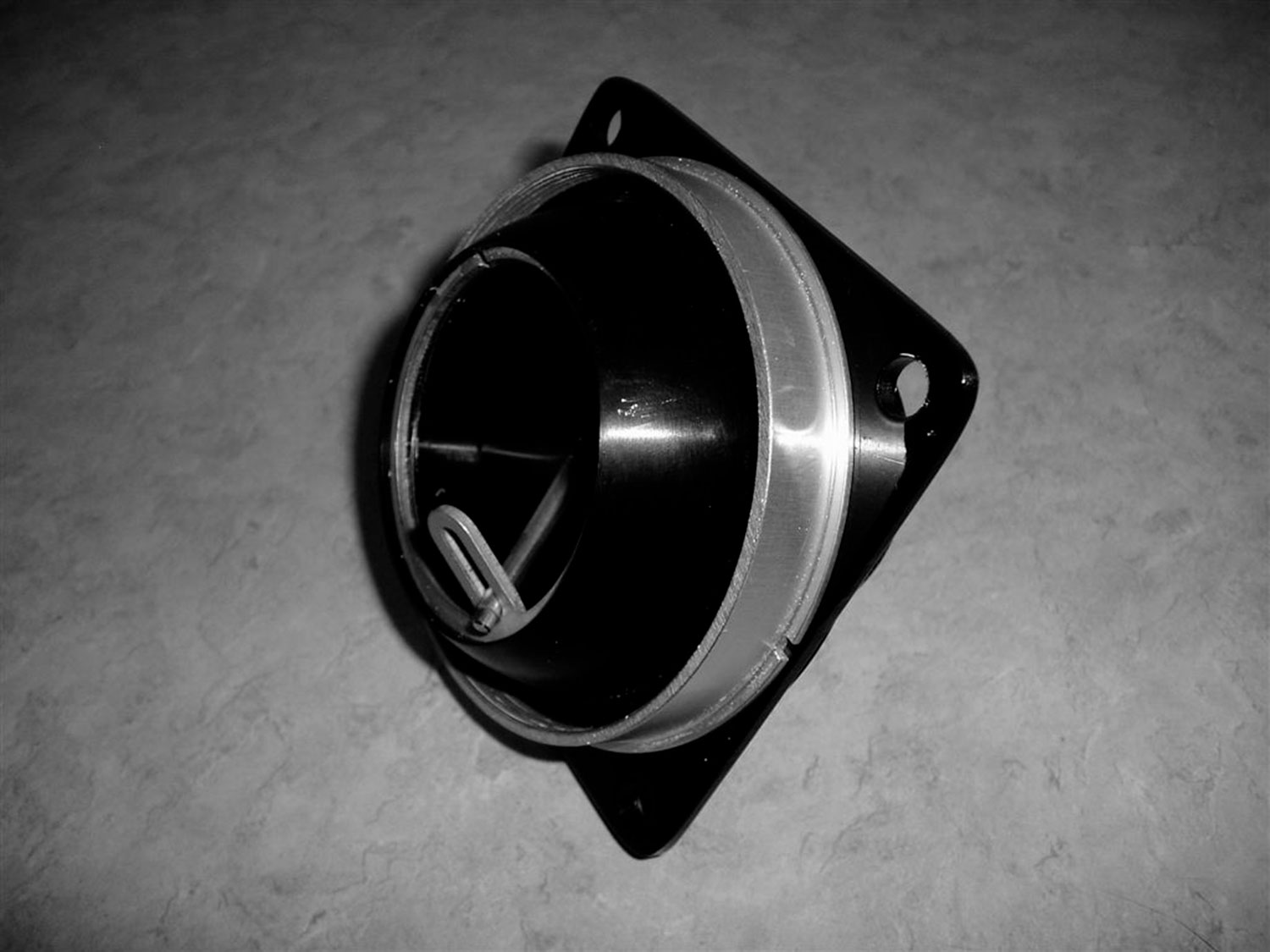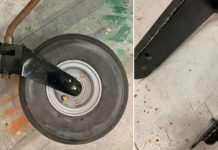 The Whisperflo vents that came with my TWTT Sportsman are quite leaky. I ended up taping them over from the back side during the winter to prevent the constant stream of icy cold air blowing in. I recently replaced them with a pair of Steinair vents—not cheap, but they work extremely well, sealing perfectly when closed, and allowing a greater air flow when open. The Steinairs are not a plug-and-play replacement, and do require some tinkering.
The Whisperflo vents that came with my TWTT Sportsman are quite leaky. I ended up taping them over from the back side during the winter to prevent the constant stream of icy cold air blowing in. I recently replaced them with a pair of Steinair vents—not cheap, but they work extremely well, sealing perfectly when closed, and allowing a greater air flow when open. The Steinairs are not a plug-and-play replacement, and do require some tinkering.

Here are the details. I bought a pair of the 1 3/4-inch size AV-1.625B air vents from Steinair (also available through Spruce as #10-02776). Unlike the Whisperflos, these have no flanges, as they are intended to mount through a hole.
Therefore, I made flanges in the form of 3 inch squares of 1/8-inch aluminum, cutting a hole for the vents with a hole saw. (I would probably go to 3.25 inch next time, as the 3 inch barely covered the hole in the fiberglass where they mount.)
The tails of the vents are threaded, and are intended to screw into the plenums that would normally protrude from the back side. The plenums are a few inches long, and there would be no clearance for them in the plane, so I cut the threaded portion (about 7/16 inch long) off of each plenum and used it for a “nut” to mount the vents (with a tiny drop of loctite).

This cut would be easiest on a lathe, but I simply marked a line around it and, holding the plenum with gloves, turned it against a bandsaw blade, which worked fine.
It was necessary to enlarge the hole at the fuselage mounting location by roughly 0.04 inch radially to provide clearance for the “nut.” To do this, I duct taped my shop-vac’s business end to the outside of the air inlet to collect dust while I drum-sanded the fiberglass with a Dremel tool.

Because my 3-inch-square aluminum flanges barely covered the hole, I used just a little clear silicone to make sure I had a good seal. This probably wouldn’t be necessary if one made the flange 3.25 inches instead. After tightening the mounting screws, since I still had the shop-vac hose taped on, I plugged it into the “blow” end of the shop-vac to see how good the vents would seal. I could detect no leakage with the vents closed.
The vents are a pleasure. They operate easily, and there is no leakage, even when descending at close to 160 KIAS. When wide open, the airflow is significantly higher than with the original Whisperflos.




